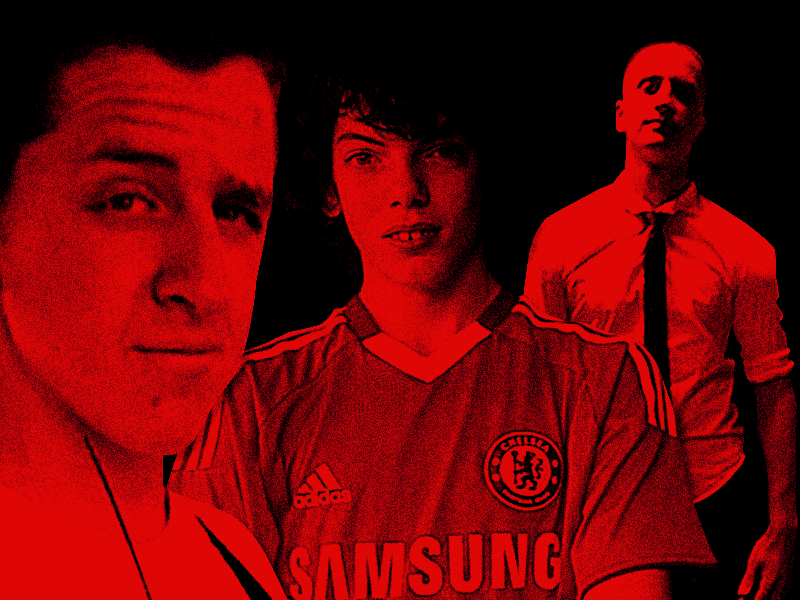By John Stapleton
The history of Australian teenage jihadists is already long, and getting longer by the day. The arrest on Thursday of a 15-year-old Sydney boy in counter-terrorism operations added to the list.
The world has been shocked by the sight of children or young teenagers participating in often ritualised acts of violence. Indeed, one of the most shocking features of the grotesque violence of Islamic State (IS) and its adherents has been the age of its perpetrators.
• Boy, 15, one of five charged in counter-terrorism raids
• ‘Ginger Jihadi’ dead: reports
• Police watch Australian terror suspects
In July, IS released a video of boy soldiers, some of whom appeared be no more than 10 years old, parading in the Palmyra Amphitheatre in Syria before ascending to the stage and executing 25 Syrian soldiers by shooting them in the head.
The dramatic video is readily available online, as are numerous other videos showing children involved in IS executions and training programs.
Like elsewhere, Australian youths are not waiting to reach the age of consent before committing acts of violences on IS’s behalf.
Our teen jihadis

Numan Haider. Photo: Facebook
In Australia the list of teenage jihadists has included Australia’s first terror-related death on home soil, that of 18-year-old Numan Haider, who stabbed officers outside a Melbourne police station before he was killed. Haider was singled out for praise as a martyr by the Islamic State leader Abu Bakr al-Baghdadi.
Abdullah Elmir, the so-called “Ginger Jihadi”, was 17 years old when he told his mother he was going fishing and went to fight for Islamic State, becoming internationally famous after appearing in recruiting videos declaring: “We will not put down our weapons until we reach your lands.”
Reports emerged this week he has been killed in bombing raids in Syria.

‘Ginger Jihadi’ Abdullah Emlir.
Others have included 15-year-old Farhad Jabar, who shot dead a police finance worker in Parramatta in October in Western Sydney before he himself was killed.
Pre-Anzac Day raids resulted in the exposure of plans by Australian teenagers to behead a policeman and create chaos at the Anzac Day march.
Post-Anzac Day arrests resulted in the arrest of a 17-year-old allegedly planning a terrorist attack on Mother’s Day.
Gifted Melbourne teenager Jake Bilardi was 18 when he died as part of a suicide bombing attack in Iraq mid-year. He left a well-written blog detailing his path to radicalisation.
Last month Minister for Immigration Peter Dutton said there was clearly a problem.
“We’re stopping kids 14, 15, 16 at the borders, at the airport, trying to fly out to Syria,” he said.
At a time when they should be riding a skateboard or considering a career, the big question is why?
‘Violence the attraction’

Parramatta shooter Farhad Jabar.
While the specific motivations may be different for each, the forces behind them may be common.
One of Australia’s leading experts on terror, Professor Anne Aly of Curtin University, said current research indicated the appeal was less about the ideology and more about violence.
“The call to action appeals to young people who may be frustrated with their own lives but we also can’t discount the impact and importance of social groups and group dynamics,” she said.
“We desperately need an effective program for prisons and a community support program to balance the heavily skewed law enforcement approach.”

Ground zero: the scene of Numan Haider’s alleged attack on police. Photo: AAP
Sought-after recruits
Professor Clive Williams from Melbourne University told The New Daily Islamic State saw younger people as crucial recruits.
“Most who get involved are fed romantic notions of returning the caliphate,” he said. “They are sucked in. They think it is an adventure.”
Another explanation can be found deep in the most unexpected of places – bushrangers and other anti-establishment cultural heroes.

Parramatta shooting victim Curtis Cheng, far left, and family.
Professor of Sociology at UTS Andrew Jakubowicz, co-author of a government report Voices Shaping the Perspectives of Young Muslim Australians, told The New Daily the social development of young males was a major issue in Australia.
“In one sense they are being very Australian, in some of the worst possible ways, but this has to do with the psychological and social development of young men,” he said.
“If you are looking for an image of a successful young Muslim man on Australian television almost all of them will be provided by ISIS.
“It is not unexpected that some people see the success of these gangs as heroic. Add to that the Muslim baiting, which seems to be a badge of honour amongst conservative politicians, it becomes easier to explain the social context.”
While those forces bear down on young Muslim men, there is no equal and opposite force, says Islamic spokesman Keysar Trad. Current anti-radicalisation programs are “ill-conceived and misdirected”.
“Add to this the obvious double standards,” he says.
“We have Australian soldiers going to fight and their fight is glorified. They have fought in Iraq, Afghanistan and elsewhere. We have Australians going to fight ‘the good fight’ against ISIS. These soldiers and anti-ISIS fighters represent to youth the very symbols that have marginalised them throughout their lives.
“So to these youths, it really makes perfect sense.”
John Stapleton has worked as a journalist at The Sydney Morning Herald and The Australian. His most recent book, Terror in Australia: Workers’ Paradise Lost is available in digital format at all major outlets, including Amazon, Barnes & Noble, iBooks, Google Books and at Australia’s major online bookstore Booktopia.
